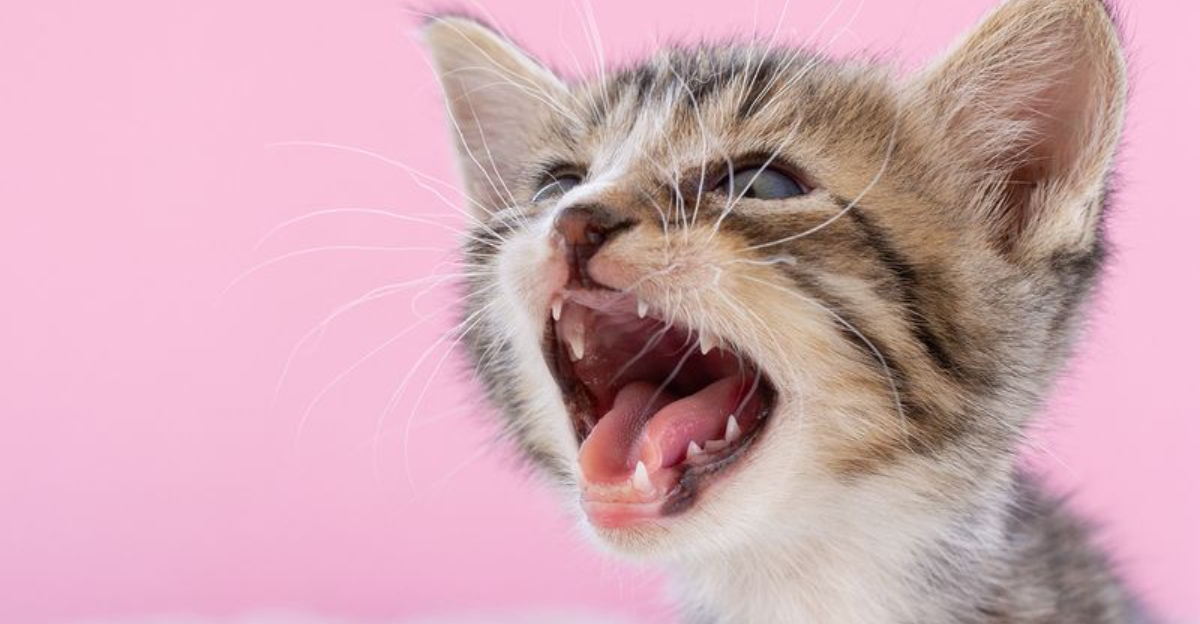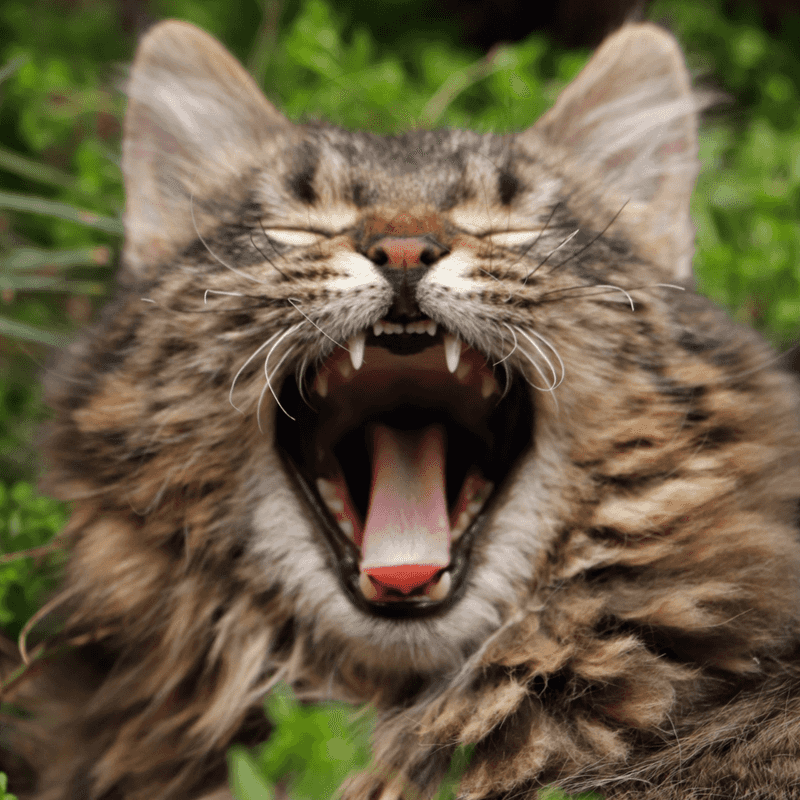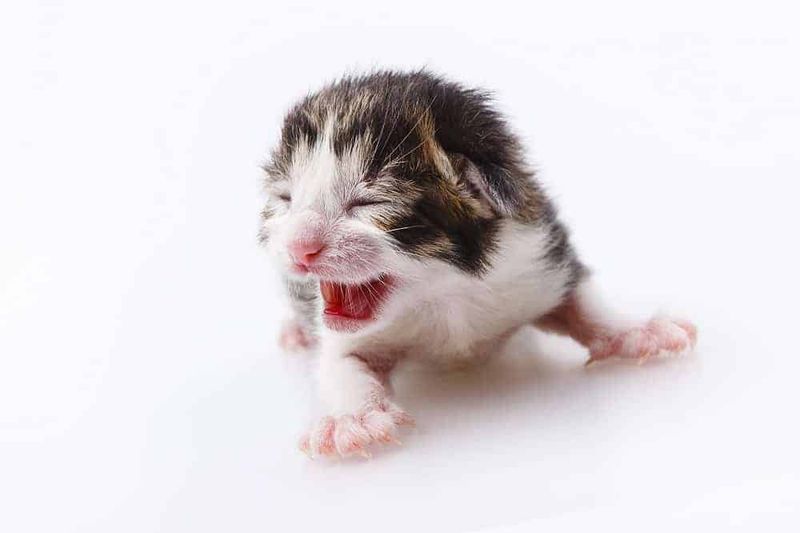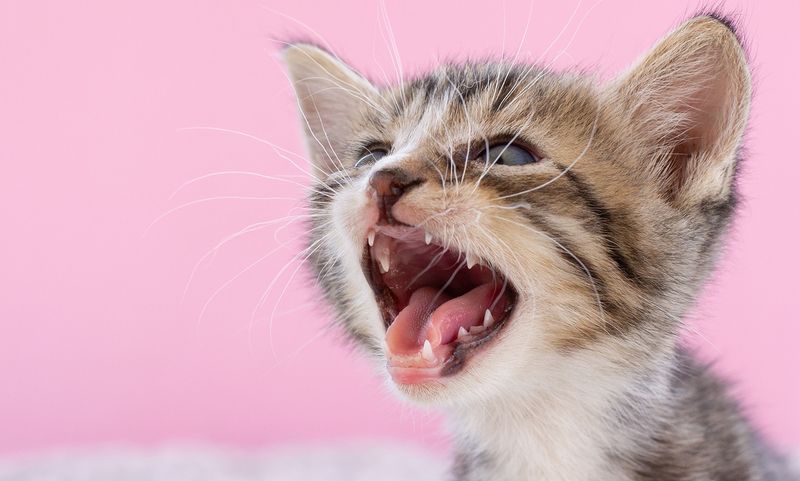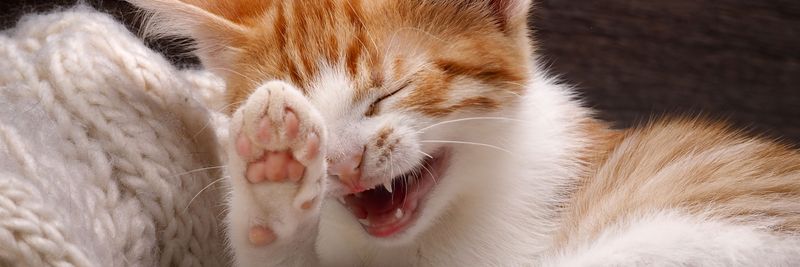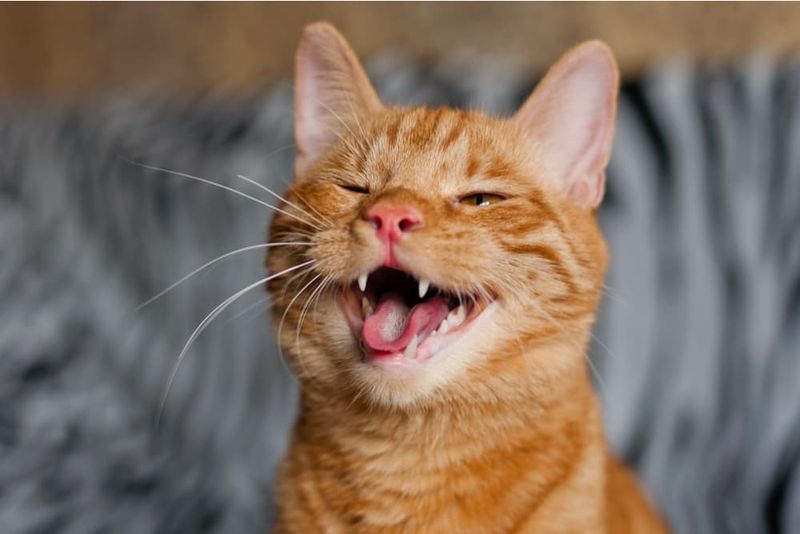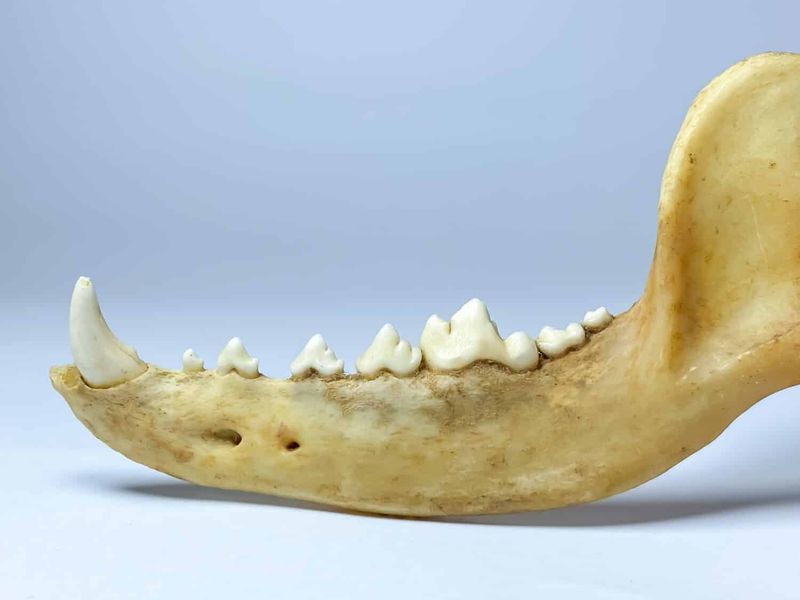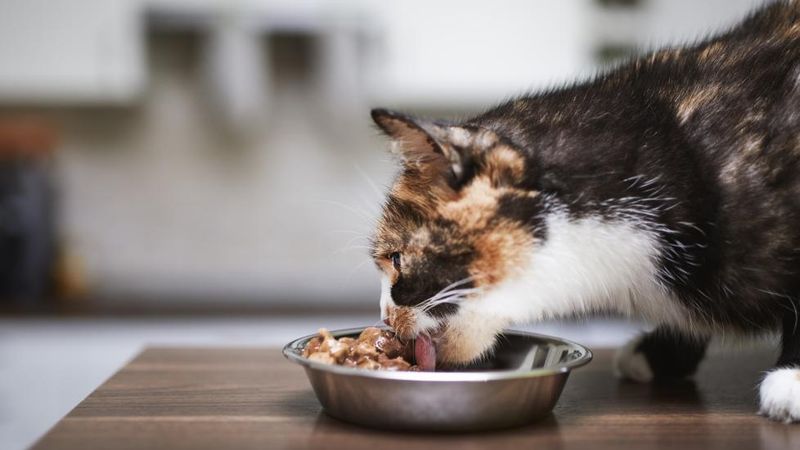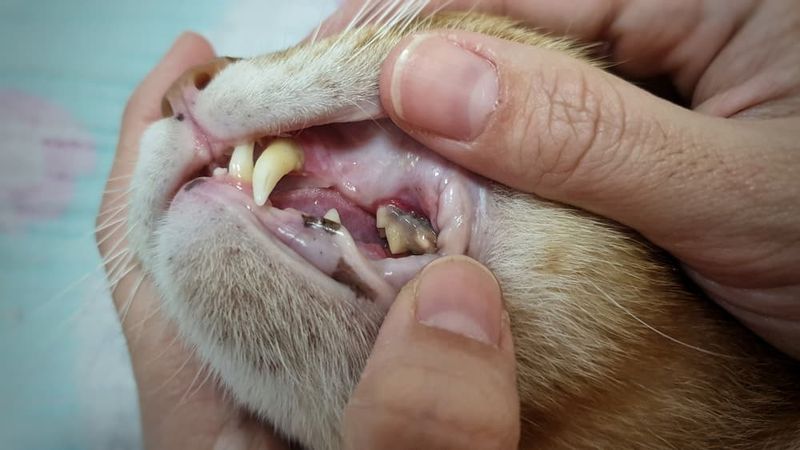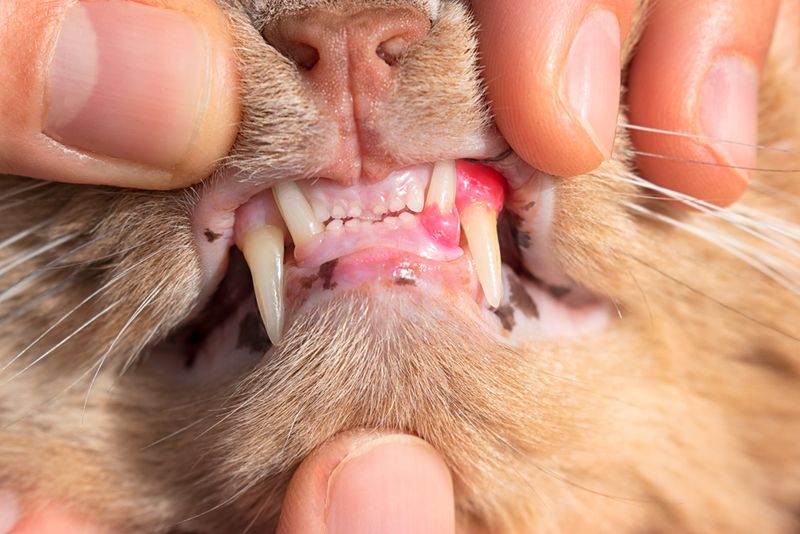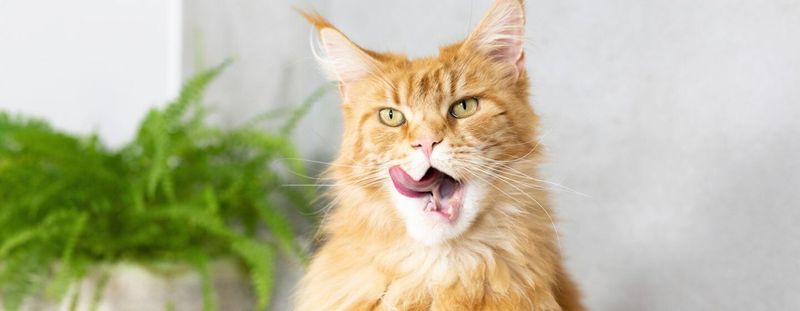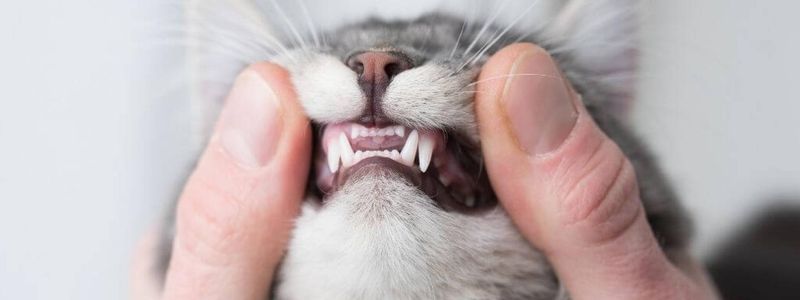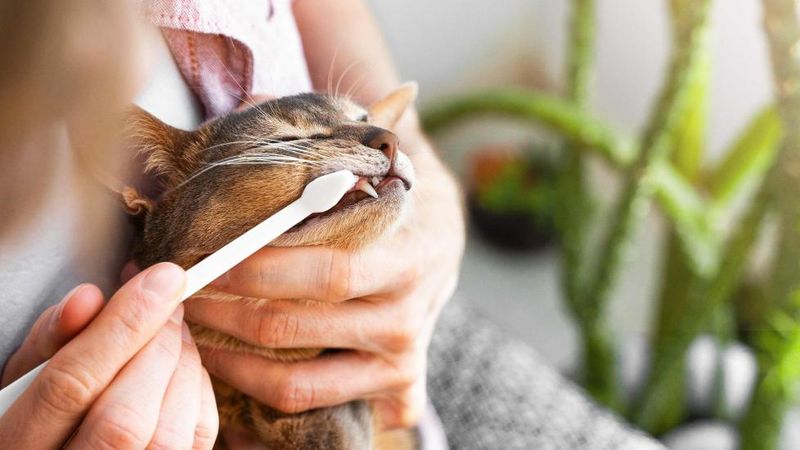📖 Table of Content:
- 1. Cats Have 30 Adult Teeth
- 2. Kittens Are Born Without Teeth
- 3. Kittens Have 26 Baby Teeth
- 4. Teething Can Make Kittens Cranky
- 5. Their Sharp Teeth Are Built for Hunting
- 6. Canines Are the Longest and Sharpest Teeth
- 7. Cats Have Specialized Teeth Called Carnassials
- 8. They Rarely Chew Their Food
- 9. Dental Disease Is Extremely Common
- 10. Cats Can Suffer from Tooth Resorption
- 11. Bad Breath Could Mean Big Problems
- 12. Cats Hide Dental Pain Well
- 13. Brushing Is the Best Defense
When you look at your cat’s charming little smile, it’s easy to overlook just how fascinating and specialized those teeth truly are. Cats, whether lounging on your sofa or stalking a toy, possess a powerful set of tools in their mouths designed for survival. Their teeth tell a story of evolution, hunting prowess, and the need for careful dental health management even in domestic life.
Understanding a cat’s dental structure can reveal a lot about their behavior and overall health. From their first baby teeth to the strong permanent set they carry into adulthood, each tooth plays a vital role in their daily lives. Whether you’re a seasoned cat owner or welcoming a kitten for the first time, learning about your feline friend’s teeth will deepen your appreciation for the little predator purring beside you.
In this article, we explore 13 incredible facts about cat teeth that will surprise you and help you take better care of your whiskered companion. From teething troubles to specialized hunting adaptations, each fact highlights just how uniquely crafted your cat’s mouth is. Get ready to see your cat’s smile in a whole new way.
1. Cats Have 30 Adult Teeth
Most adult cats boast a complete set of 30 teeth once they finish teething. These are split between the upper jaw, which holds 16 teeth, and the lower jaw, which carries 14. The adult teeth are fully developed by about six months of age, replacing the smaller, sharper baby teeth. Unlike humans, cats do not regrow teeth once they lose their permanent set. Each tooth has a distinct purpose, from piercing and holding prey to slicing food into manageable pieces. Dental injuries or disease that cause a tooth loss can significantly affect a cat’s ability to eat comfortably. Therefore, maintaining all 30 teeth is crucial for a cat’s long-term health and happiness.
2. Kittens Are Born Without Teeth
At birth, kittens emerge into the world completely toothless. Over the first few weeks of life, tiny white teeth begin to erupt from their gums. These baby teeth, also known as deciduous teeth, are essential for nursing and learning how to bite and chew. By about 2 to 3 weeks, the first signs of their sharp little teeth start to show. Observant owners might notice their kittens beginning to gnaw or nibble on toys or their littermates. This early teething stage is a normal part of development, preparing them for eventual solid food. As fragile as they are, baby teeth set the foundation for the strong adult set to come.
3. Kittens Have 26 Baby Teeth
Tiny but sharp, a kitten’s mouth contains exactly 26 baby teeth when their set is complete. These teeth typically emerge fully by around 6 weeks of age, allowing them to practice essential skills like biting and tearing. Though smaller and more delicate than adult teeth, kitten teeth are surprisingly effective and sometimes nicknamed “milk teeth.” It’s not unusual for playful kittens to leave little scratches when they bite during play. Because their jaws are still developing, these baby teeth serve as training tools for proper eating habits. Eventually, these teeth will fall out to make room for the stronger adult teeth. Watching kittens go through this process can be as fascinating as it is adorable.
4. Teething Can Make Kittens Cranky
Anyone who has ever had a teething kitten knows it can be a messy and fussy time. During this stage, kittens may drool more than usual and seek out soft objects to chew. Some might appear irritable, less playful, or even refuse food occasionally. Teething discomfort peaks between 3 to 6 months of age when their baby teeth loosen and adult teeth push through. This can sometimes cause mild swelling or bleeding in the gums, though it usually resolves quickly. Providing safe teething toys can help alleviate their urge to chew inappropriate objects. Understanding this natural, albeit frustrating, phase can help owners offer much-needed comfort and patience.
5. Their Sharp Teeth Are Built for Hunting
Far beyond their domestic cuddles, cats retain an anatomy built for survival. Their sharp teeth are precisely engineered to capture and kill prey effectively. Even indoor cats, who might never hunt a real mouse, show instinctual behaviors rooted in their wild ancestry. Teeth like their pointed canines and shearing premolars are perfectly suited for grabbing and tearing flesh. You might observe these behaviors during play, where your cat bites toys in a hunting-like frenzy. The design of their mouths allows them to efficiently subdue and consume small animals. In short, every tooth serves a purpose that connects them back to the wild hunters they once were.
6. Canines Are the Longest and Sharpest Teeth
Among a cat’s impressive dental arsenal, the canines reign supreme. These prominent teeth, two on the top and two on the bottom, are the longest and most recognizable when your cat yawns. Their primary role is to puncture and hold onto prey during the hunt. Even if your cat only “hunts” feather wands and kibble, their canines remain as powerful as those of their feral cousins. In the wild, a well-placed bite with the canines can deliver a quick, humane kill. Domestic cats still instinctively use them when playing or asserting dominance. Those sharp fangs remind us that every cat carries the spirit of a natural predator.
7. Cats Have Specialized Teeth Called Carnassials
Behind the impressive canines, cats boast a special set of teeth known as the carnassials. These are the upper fourth premolars and lower first molars, working together like scissors. Their purpose is to slice through meat and bone with precision and ease. While humans grind food by moving the jaw side-to-side, cats perform quick shearing motions to break down their meals. Watching a cat gnaw on a piece of cooked chicken gives you a glimpse into how vital carnassials are. Without them, tearing large chunks of prey into edible portions would be nearly impossible. Even commercial cat food is designed with the action of these teeth in mind.
8. They Rarely Chew Their Food
Rather than grinding food like humans, cats use their teeth mainly to grab and rip. Once a piece of meat or kibble is the right size, they often swallow it whole. This behavior harks back to their wild roots where eating quickly was a survival advantage. The structure of their jaws and teeth doesn’t allow for much lateral chewing motion. You might notice that your cat sometimes appears to “bolt” food without much mastication. Swallowing semi-whole pieces can sometimes contribute to vomiting if the chunks are too large. Serving bite-sized meals can assist domestic cats in digesting more comfortably.
9. Dental Disease Is Extremely Common
Alarming but true, dental disease is one of the most common health problems in cats today. Studies show that over 70% of cats develop periodontal disease by the age of three. Early stages might only involve minor gingivitis, but left untreated, it can progress to painful infections and tooth loss. Factors like diet, genetics, and lack of dental care play significant roles. Since many cats hide discomfort well, dental disease can remain unnoticed until it’s advanced. Regular veterinary checks and at-home dental routines are critical for early detection. Keeping an eye on your cat’s mouth health can add years to their life.
10. Cats Can Suffer from Tooth Resorption
Less known but equally serious, feline tooth resorption affects a large portion of adult cats. This painful condition causes the body to break down and absorb the structures of a tooth. It can start below the gum line, making it invisible without dental X-rays. Cats suffering from resorption may show minimal outward symptoms, even as the process causes severe discomfort. Experts estimate that over half of all cats will experience tooth resorption during their lifetime. Treatment usually involves extraction of the affected tooth to relieve pain. Regular veterinary dental exams are essential to catch this silent threat early.
11. Bad Breath Could Mean Big Problems
Occasionally catching a whiff of your cat’s breath and noticing an unpleasant odor should raise a red flag. Foul breath in cats often points to deeper oral health issues, such as gum infections, tooth decay, or systemic illness. While “morning breath” is common for people, in cats it’s almost always a warning sign. Plaque buildup leads to bacteria that can infect the gums and bloodstream if ignored. Ignoring dental health can cause suffering that many owners don’t immediately recognize. Annual veterinary cleanings and home dental care can help prevent severe complications. Always pay attention when your cat’s kisses turn suspiciously smelly.
12. Cats Hide Dental Pain Well
Despite dealing with significant oral discomfort, cats are masters at masking their pain. Their survival instincts make them hide weakness to avoid appearing vulnerable to predators. Subtle behaviors such as reduced grooming, chewing on one side of the mouth, or dropping food can hint at dental issues. Unlike dogs, cats rarely paw at their mouths or show overt signs of toothache. Observant owners can catch these delicate changes in behavior before serious problems arise. Routine vet visits often reveal hidden dental conditions that even attentive owners might miss. Never underestimate how stoically a cat can endure silent suffering.
13. Brushing Is the Best Defense
Adopting a regular tooth-brushing routine for your cat might seem daunting, but it’s the best preventative tool available. Veterinarians recommend starting with kitten training to normalize the process early. Using a cat-specific toothbrush and flavored toothpaste makes the experience less stressful. Even brushing two to three times a week can significantly reduce plaque and tartar buildup. Owners who commit to dental care early often save on costly procedures later. While some cats resist initially, patience and positive reinforcement usually pay off. Your cat’s future health truly depends on your daily dental dedication.
